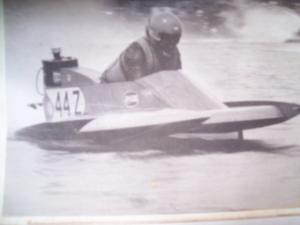
Originally Posted by
Tim Kurcz

Sorry to keep you all in suspense today, and many thanks to Ron for his head scratching response regarding my teaser of an exhaust positioning explanation. All of you forwarded various pieces of the puzzle; I was waiting for one of you take me to task for leaving one out a BIG one. I'll try to "plug the hole" now with a better explanation.
You all know the piston needs clearance in a cylinder bore to move. In engines which rotate clockwise (viewed from the top down), the piston is forced to the starboard side of the cylinder by the connecting rod during the power stroke. Sure enough, there will be leakage of exhaust gas past the ring and piston on the port side which will cause some contamination of intake gasses below the ring for the next stroke. But,
There's a much more critical event which happens beforehand. Consider the piston is tight against the starboard cylinder wall. This means the clearance is on the port side. So what happens as the piston begins its downward stroke before the exhaust port opens? Crankcase gasses under increasing compression travel past the piston skirt and right out the exhaust port!
So, by reversing port locations in a right rotation engine (as viewed from the top), you effectively use the piston to "plug the hole" that gasses would otherwise escape through. The result is more power! The opposite is true for those down under..... if you're spinning left hand rotation engines - LOL!
Unfortunately for FE builders, we have no choice. Or, do we? How many of you have "low ported" a cylinder thinking you'd get better exhaust scavenging? Or run larger piston to wall clearances to loosen up the engine? In either case you've actually improved the ability for crankcase gasses to escape.
Does this make more sense now?
Tim


 Thanks:
Thanks:  Likes:
Likes: 








Bookmarks